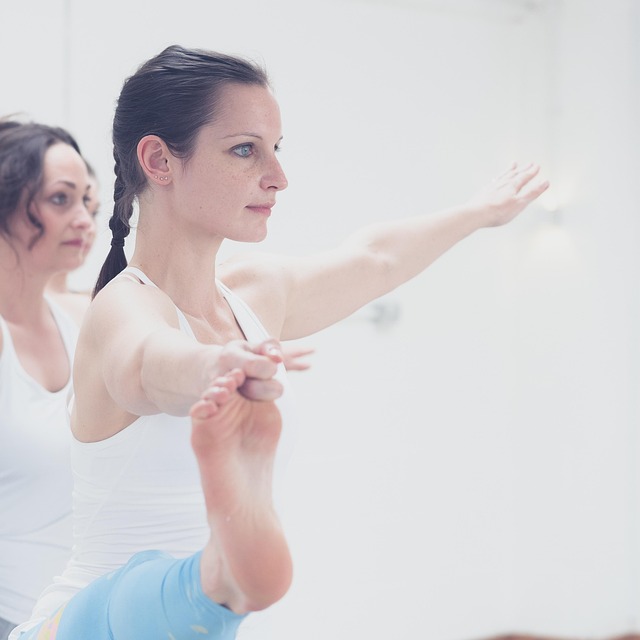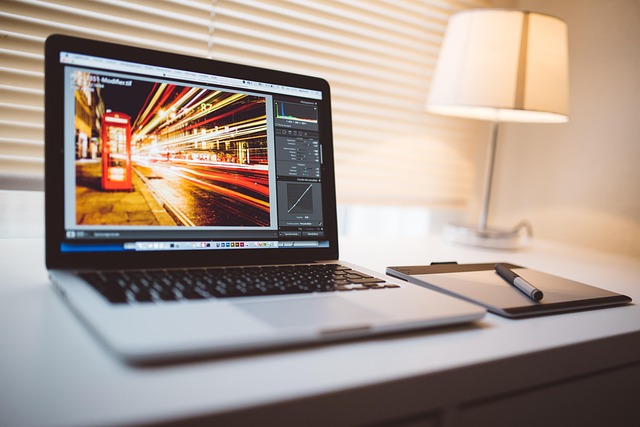When it comes to capturing the essence of a moment through photography, mastering white balance is crucial for achieving optimal composition. The purity and balance of colors in your images can make the difference between a stunning photograph and a bland snapshot. White balance, at its core, is about ensuring that the colors in your images reflect the true colors of the scene you’re capturing.
In photography, optics play a significant role in light perception. The colors perceived by your camera can shift dramatically based on the light source. Whether you’re shooting under the warm glow of incandescent bulbs or the cool hues of daylight, adjusting your white balance can help you achieve a natural look in your photos. It’s essential to recognize how different light conditions influence the colors of your subject and environment.
Let’s explore the various settings available on most cameras to help you navigate this aspect of photography. Automatic white balance (AWB) is a convenient setting for beginners, but it may not always deliver the desired results. For instance, when photographing a sunset, AWB might neutralize the warmth, diminishing the vibrant oranges and reds. Instead, experimenting with the preset options like Daylight, Tungsten, or Cloudy can significantly enhance the mood of your images.
Manual adjustments are also a photographer’s best friend. Many cameras allow you to set a specific Kelvin temperature. This feature provides more control over how the colors in your composition are rendered. Warmer temperatures (above 5000K) can add a cozy feel to your photos, while cooler temperatures (below 5000K) evoke a sense of calm and tranquility.
In post-processing, software programs like Adobe Lightroom or Photoshop come equipped with robust tools to refine white balance even further. Using the eyedropper tool, you can select a neutral area in your image to correct any color casts caused by specific lighting conditions. This ability to perfect the color balance after the shot not only saves time but also enhances your creative expression.
Every photographer, whether you’re an amateur with a smartphone or a seasoned professional with a DSLR, can appreciate the significance of white balance in creating compelling imagery. The subtleties of light and color interact beautifully, and understanding this relationship enriches your composition. Think of each photograph as a canvas; the right white balance creates a foundation that allows your subject to shine.
In conclusion, mastering white balance should be an essential goal for anyone looking to elevate their photography. By learning to manipulate the temperature and tone of your images, you’ll be equipped to express your artistic vision effectively. Dive into this exciting aspect of photography and witness how it transforms your photos into artworks that resonate with viewers on an emotional level.



